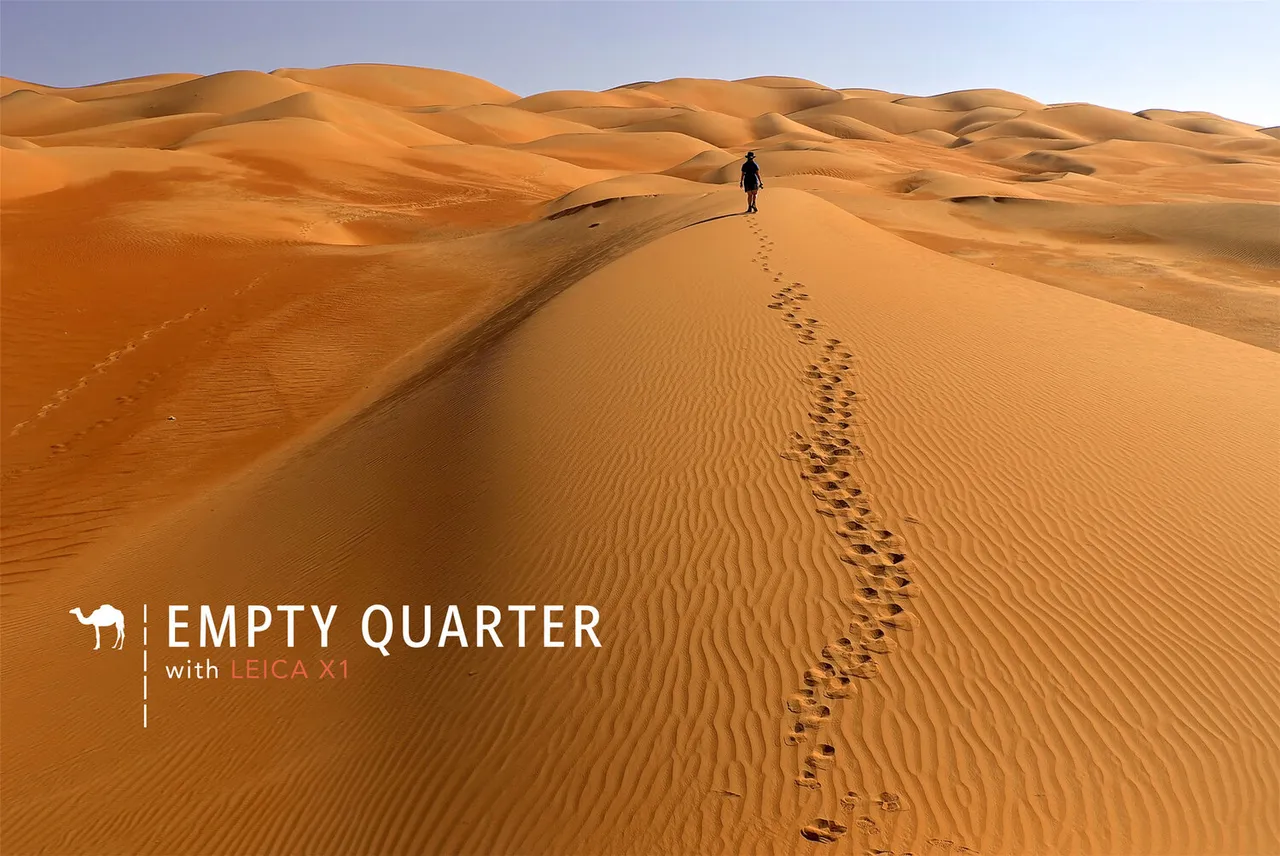
Taking Old Leica X1 to an extreme lighting environment.
It was early winter when my wife and I decided to explore the Empty Quarter Desert or known as Rub’ al Khali which is the largest contiguous sand desert in the world covers around 650,000 km2, and is shared by four countries: Oman, United Arab Emirates, Yemen, and Saudi Arabia. It took us about 4 hours drive from Dubai and conveniently accessed thru a highway dedicated to going to this area. It was fascinating to watch the desert sand color gradually changed from pale-yellow in Dubai area to become deep reddish as we approach the Empty Quarter. I decided to take my little Leica X1 to the test in this unusual environment.
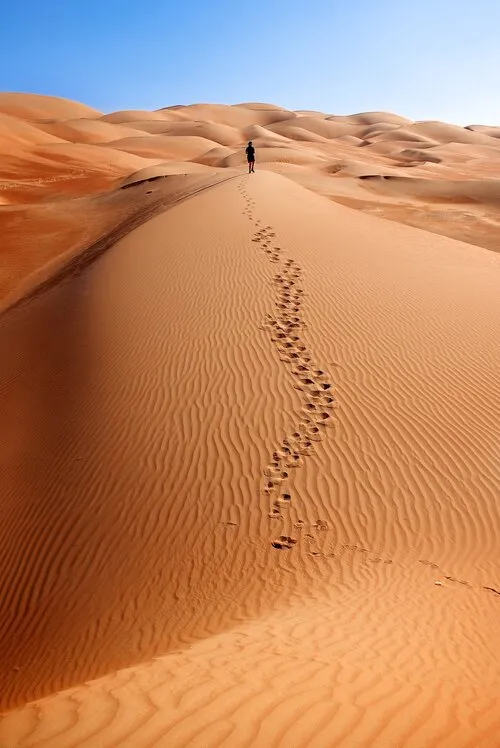
F5.6 at 1/800 sec
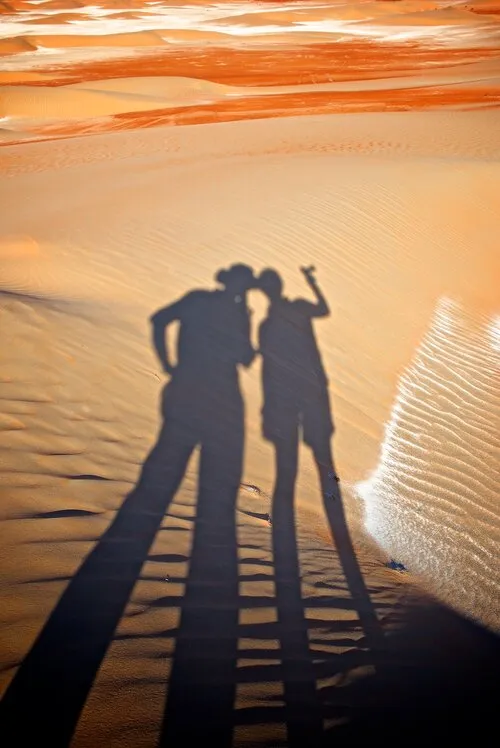
F5.6 at 1/500 sec
.
The Landscape
This is by far the most never-ending landscape we ever visited. The scenery is just dune after dune with various interesting shapes, as far as the eye can see. Some dune can reach up to 300 meters in height!. That day the sky was clear with no cloud, and there are hardly any visitors; thus, most of sands texture are pristine and undisturbed by footprints. Lighting condition is very harsh with lots of contrast shadow. I found it difficult to walk on the soft sand, as it needed lots of energy to walk just a few meters away, especially when climbing the dune or walking down to the base of the dune. Nevertheless, this is a very stunning landscape to photograph, and it comes with the challenges.
.
Why Leica X1
I decided to brought my Leica X1 as it equipped with suitable wide angle 24mm which is equivalent to 36mm in 35mm format. The camera is small and light, which at this type of the trip is needed, since I will be mostly walk on the sands for long time and it is not practical to bring big camera, lenses and gears. May be when I have decided to shoot for specified location, then it would be good to bring more gears. But for exploring and walking around the dunes finding spots, the Leica X1 is a very ideal camera. The only things that I have to be careful is not to drop the camera, as the soft fine sands will easily enter the camera and ruin it.
.
ISO Setting
To produce consistent style for this particular trip, I have decided to stick in one ISO setting throughout the shots which is 100 ISO. The reason is to create sharp contrast as I wanted to have a “heavy” feel to the images and yet with smooth or minimum noise. I found the camera is capable of shooting with manageable shutter speed which is 1/60 sec and above in ISO 100 even when the sun goes down.
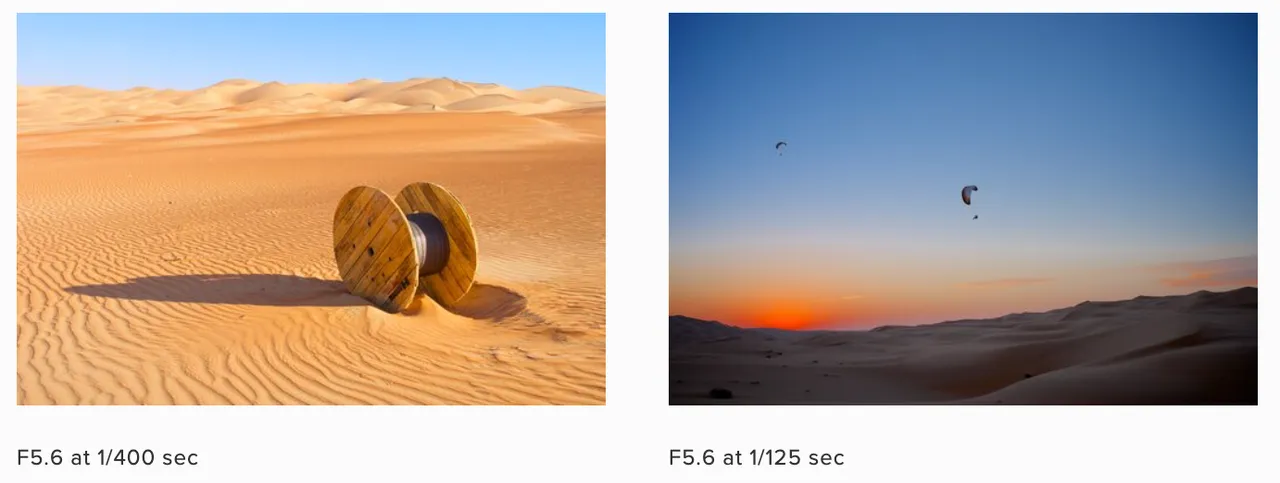
With constant ISO 100, the camera manage to maintain Shutter Speed above 1/60 sec even in the low light situation (right).
.
Apperture
I am sticking with just two Aperture settings: F2.8 for shallow DOF or close up, while F5.6 for sharpness and vast landscape. As most of my shooting activities, depending on the lens aperture range, I always plan and decided what are the apertures that I will be using for the trip. I am very particular in choosing aperture which lead me never had an aperture priority setting. To me, Aperture is one of the critical important tool that help me to carve my image as the way I wanted. I have an extreme case were 3 years ago me and my wife went for road trip around France for 40 days, and I decided just to bring one camera body: Leica ME and one lens Summilux 50mm. I use only two Aperture settings throughout the trip: F 1.4 and F5.6 which is very satisfying for me as I manage to produce images the way I wanted it. I don’t see this as to constraint my self, but to allows me to focus on crafting images and composing it rather than busy trying to figure out which camera and lenses that I need to use.
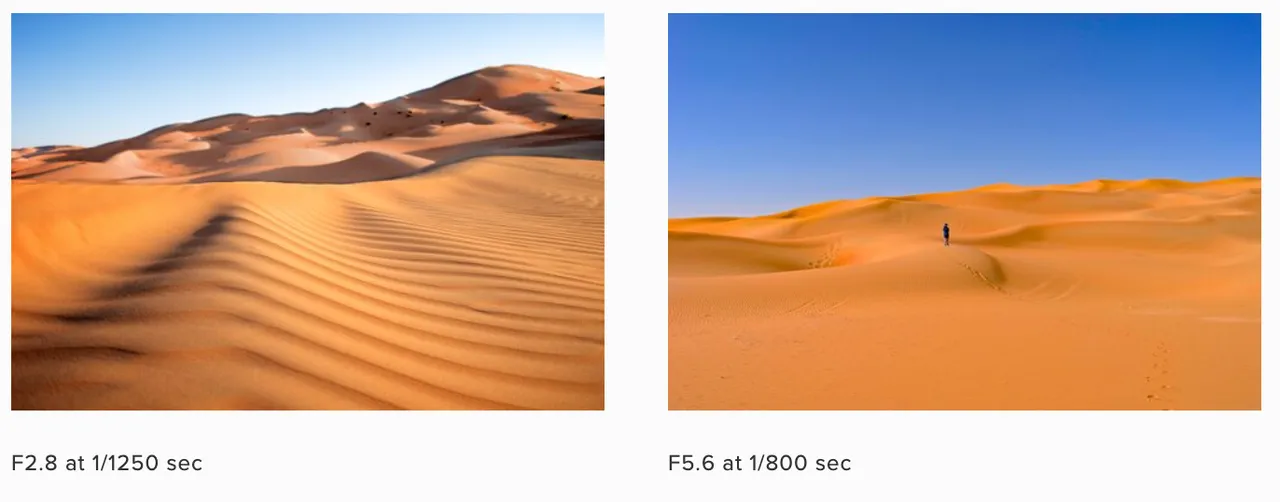
Aperture F2.8 for close up and soft background (left), and F5.6 for sharp all the way view (right).
.
Shutter Speed
Unlike ISO and Aperture, I have no particular need for specific Shutter Speed, I often set to “A” and let the camera decide as long as it is 1/60 sec and above so I can shoot without a tripod. I always imagine taking picture is like doing painting, I associate ISO with the type of canvas that I will be using, and the Aperture is with the softness of the brush. I am not suggesting that Shutter Speed have no affect on the images, but in my case it isn’t.
.
Focus
At first I am a bit worried about the auto focusing, as it might difficult for the X1 to focus due to the fact that there are no contrast line or objects, it just sea of sands with light lines forming small waves on the sand surfaces. Surprisingly, this little X1 focuses very well in most situation, there are minor exception when it backlight or when I pointed at plain sands with faint waves thus I need to use the paint painstakingly slow manual focus.
.
Low Light Situation
I did not took much picture during the low light situation, I could have took the night landscape using long exposure but I did not brought my tripod since my intention was to explore the landscape and finding right spots to come back later with dedicated gears. However, I shots few pictures during the sunset and it is incredible that the camera produce beautiful detail and dynamic range even with ISO 100 and F5.6 and still maintain Shutter Speed above 1/60sec.
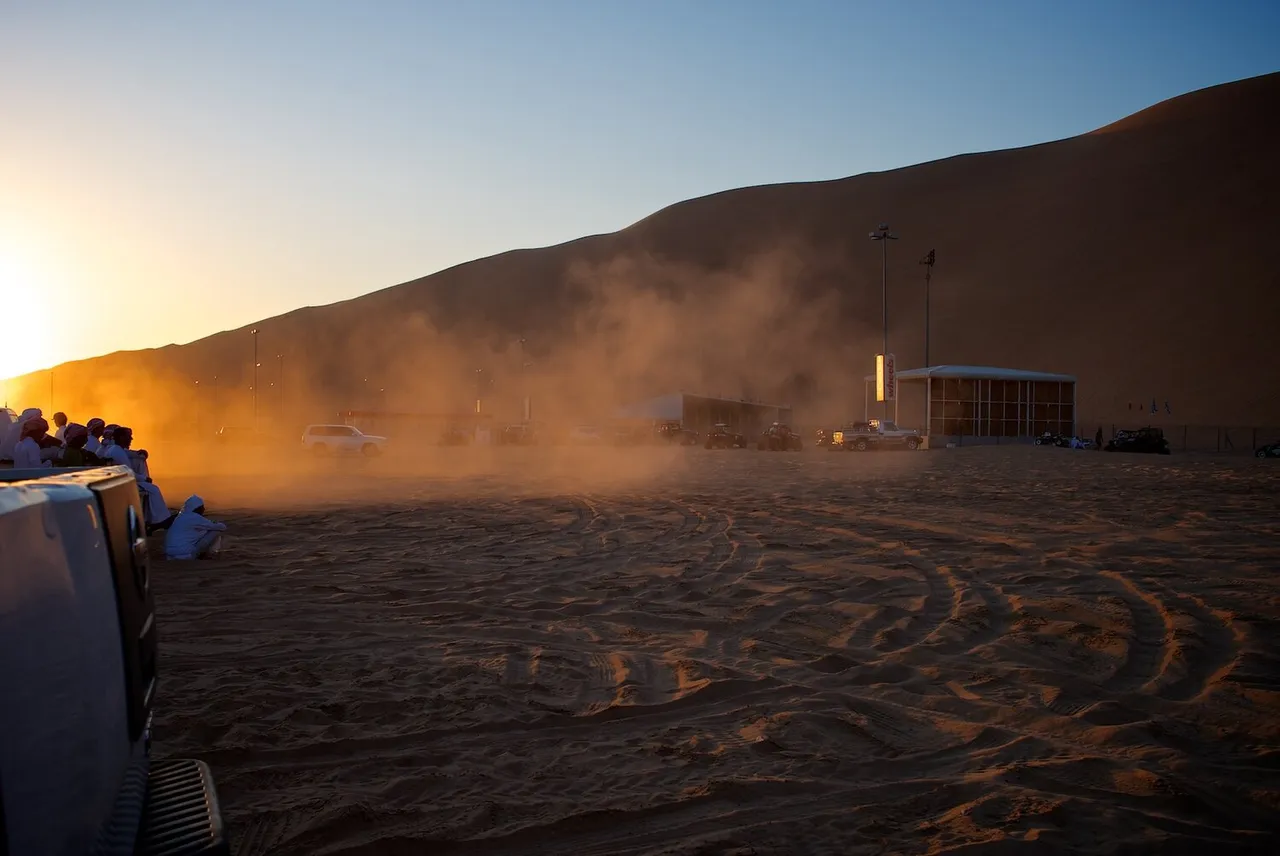
F5.6 at 1/250 sec
Local Emiratis gather watching friends racing their car to climbing the highest dune “Tal Moreeb” which around 300 metres high. Taken during sunset.
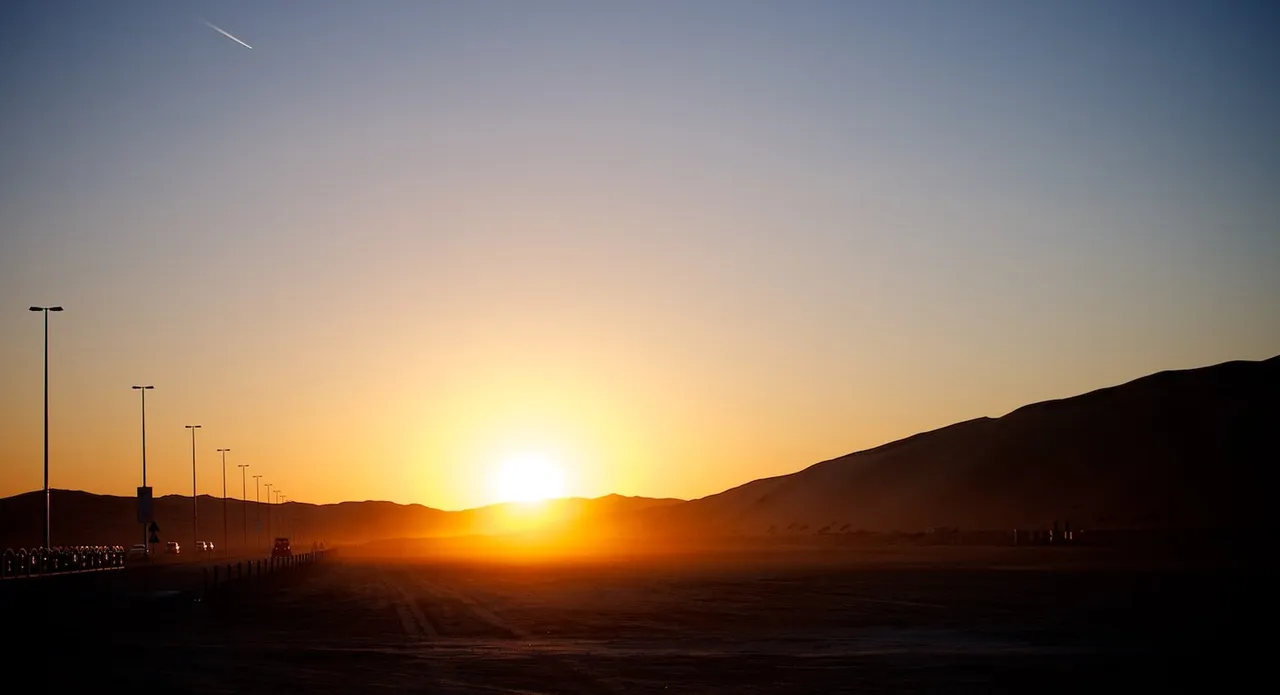
F5.6 at 1/400 sec
It amazing how X1 handle low light even with ISO 100 setting. The above picture is taken during sunset with F5.6 at 1/400 sec which shows quiet good dynamic range.
.
Post Processing
I shot in RAW DNG format, especially in this trip with harsh lighting and low ISO number which most likely the picture will be very contrast with dark shadow. RAW format allows me to bring out the shadow or tone down the highlight if needed. However, in these images I hardly needed to do those, the only things I did was to adjust the color histogram since the RAW images always come out with flat color and low contrast. I am using Mac Aperture to do the adjusting. This is one of the reasons I love to use Leica lenses and camera because it produces such as decent image quality that need minimum post-processing works.
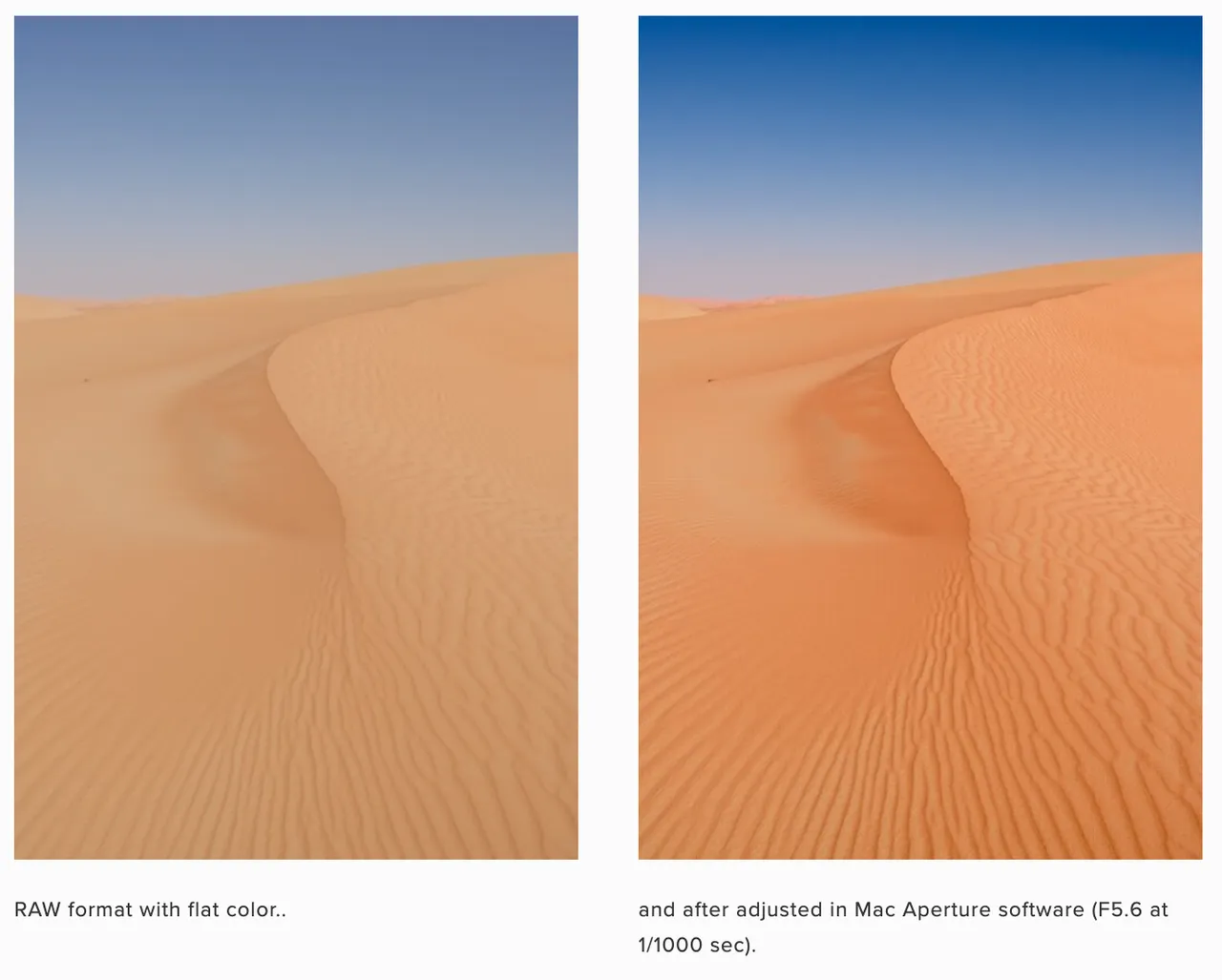
.
Conclusion
In this particular trip to the Empty Quarter desert, the Leica X1 performs very well under the harsh environment. The autofocus works well most of the times, there are only a few occasion when it having difficulty to find a contrast on the subject as I pointed to a plain sands texture and the manual focus is almost unusable; it is painstakingly slow, and I can not really see the focus as the LCD is not bright enough against the harsh sunlight.
Despite the above difficulties, in my opinion, Leica X1 is a powerful little camera with very decent image quality and dynamic range, in some case it even comparable with the IQ level of his bigger brother the M9, and this outweighs the disadvantages.
I am currently working on Monochrome Fine Art Prints projects, and they are available at the following:
Fine Art Chromogenic Catalogue & Print: https://juliusyls.com/fineartprints/
Printed on Fine Metal: https://displate.com/juliusyls/blacknwhite?art=5bf904e078520
Tshirt prints: https://j50.threadless.com/collections/travel-in-monochrome/
Visit my STUDIO & GALLERY in Metaverse: https://spatial.io/rooms/61b846ebebd43a0001ee0b66?share=4759883995019245807
[//]:# (!pinmapple 23.140144 lat 53.797956 long d3scr)